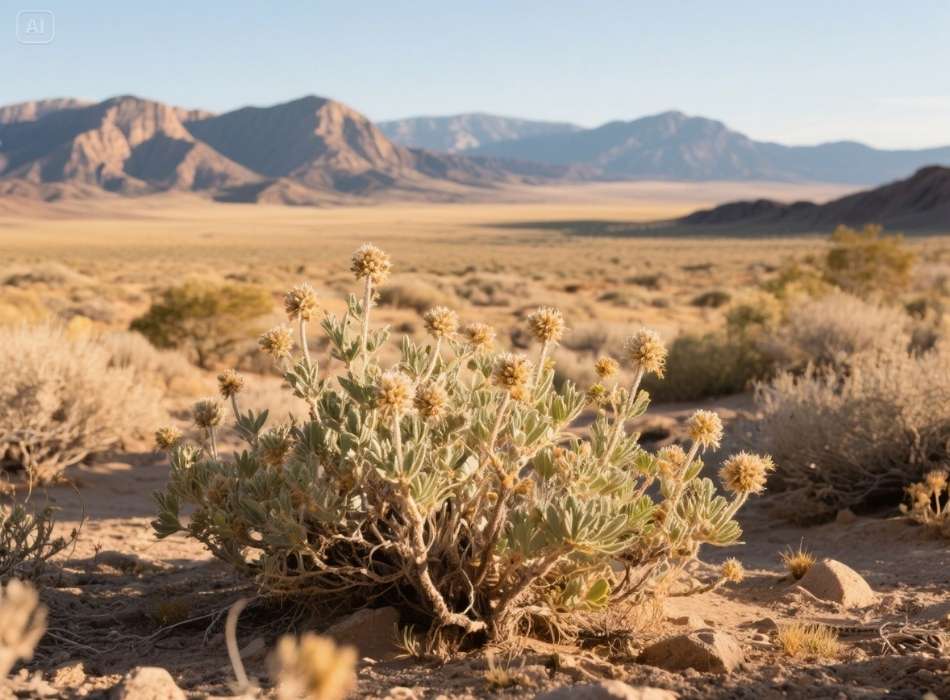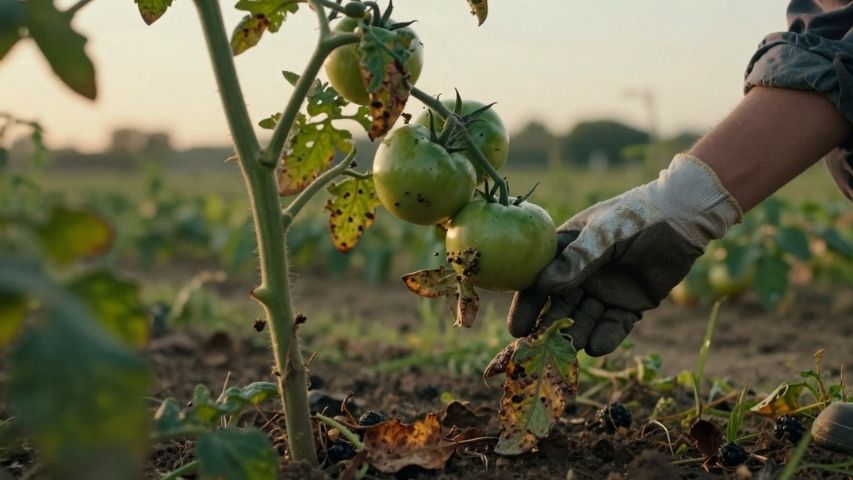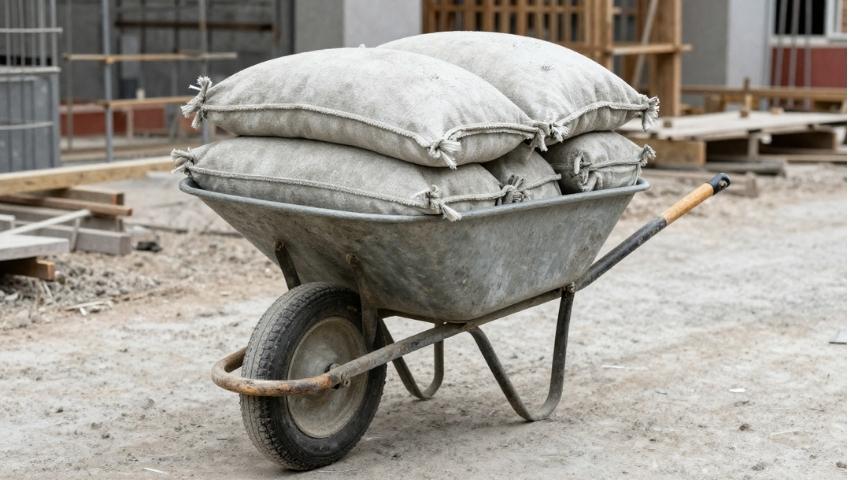The landscapes of the Wild West are as iconic as they come. From vast deserts and rolling plains to jagged mountains and sun-drenched valleys, this rugged region of the United States is home to some of the most resilient plant life on Earth. But have you ever wondered what kinds of plants thrive in such arid and extreme conditions?
This guide takes a closer look at the flora of the Wild West, revealing its incredible adaptations and the vital roles these plants play in the ecosystem. Whether you’re a botany enthusiast, a gardener looking to add a touch of the Southwest to your yard, or just a curious reader, you’ll discover the fascinating details of wild western plants here.
A Snapshot of the Wild West Ecosystem
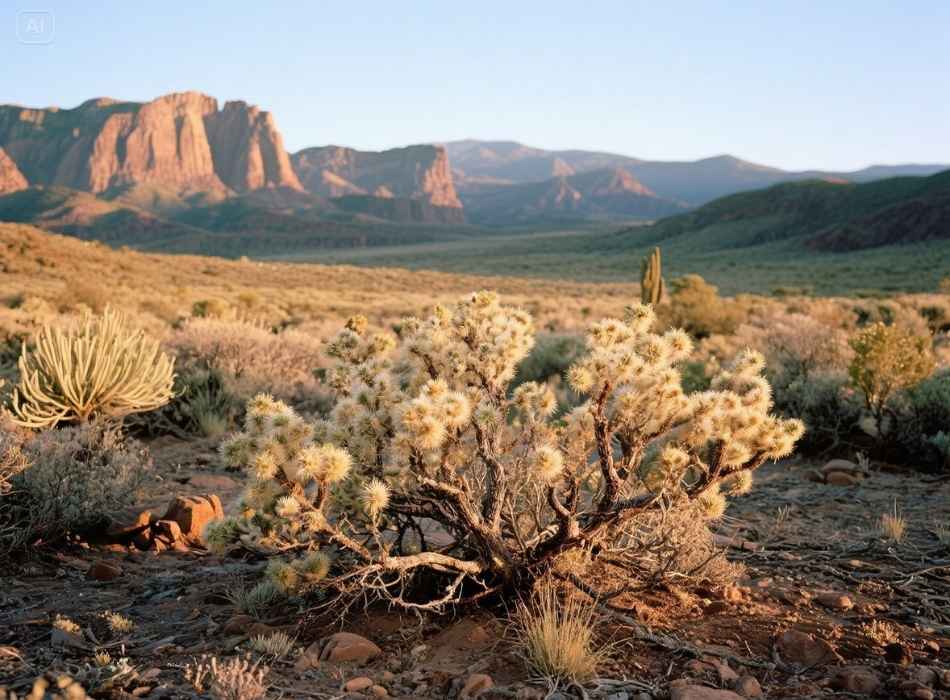
Climate and Environment
The Wild West, spanning regions like Arizona, New Mexico, Nevada, Utah, and parts of California, is synonymous with challenging climates. This region experiences intense heat, minimal rainfall, high altitudes, and temperature fluctuations that would render most plant species incapable of survival. Yet, the flora here has mastered the art of adaptation.
Diverse Habitats
The Wild West isn’t just endless swathes of desert. It boasts several unique habitats, including:
- Deserts like the Mojave and Sonoran are known for sandy soil and arid conditions.
- Savannas and grasslands offer open spaces with seasonal wet and dry periods.
- Mountain ranges, where higher altitudes provide cooler climates and rocky soils.
Iconic Plants of the Wild West
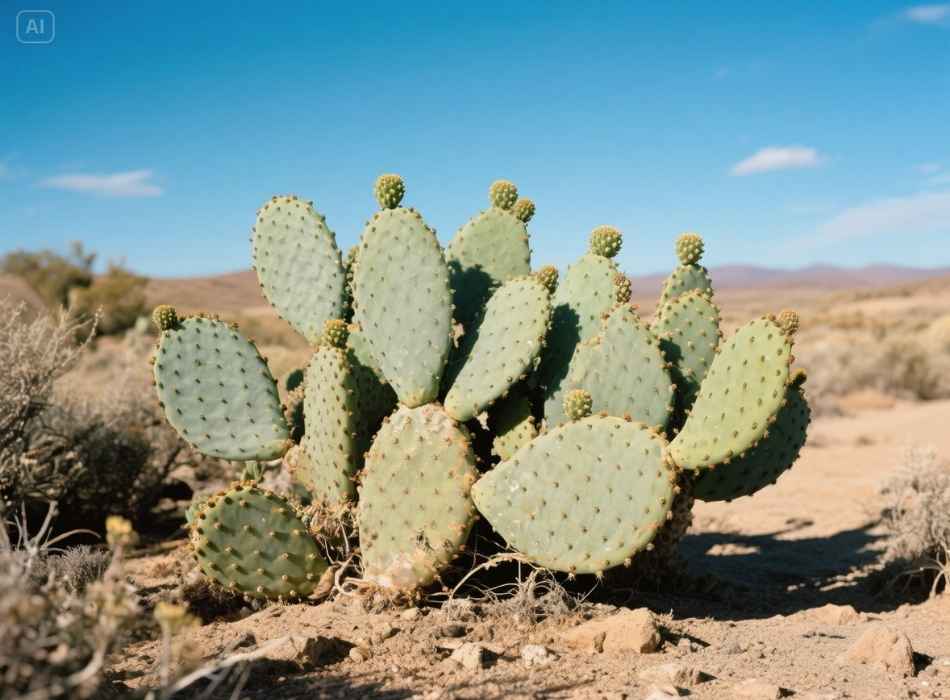
1. Cacti: Nature’s Tank
Arguably the most iconic plant of the Wild West, cacti are a masterclass in surviving arid landscapes. Their ability to store water in their thick, waxy pads (or stems) allows them to outlast prolonged droughts.
Examples:
- Saguaro Cactus (Carnegiea gigantea): Towering up to 40 feet tall, the saguaro is a symbol of the Southwest. Its shallow roots quickly soak up rainwater, while its ribbed exterior expands to store moisture.
- Prickly Pear Cactus (Opuntia spp.): Recognisable by its flat, paddle-like pads and bright fruit, this cactus not only provides water for wildlife but is also edible for humans.
2. Joshua Tree (Yucca brevifolia)
The Joshua Tree, native to the Mojave Desert, isn’t just a plant; it’s a cultural icon. These uniquely shaped, tree-like members of the agave family are adapted to grow in arid regions with sandy or loamy soil. They are dependent on the yucca moth for pollination.
- Did you know? Joshua Trees can live up to 150 years, with some reported to be as old as 1,000 years!
3. Creosote Bush (Larrea tridentata)
Often referred to as the “king of the desert,” the creosote bush thrives in all the major American deserts. Its leaves produce a resinous coating that prevents water loss and deters predators.
- Unique feature: The creosote bush secretes chemicals into the soil that inhibit the growth of other plants nearby, ensuring it has enough resources.
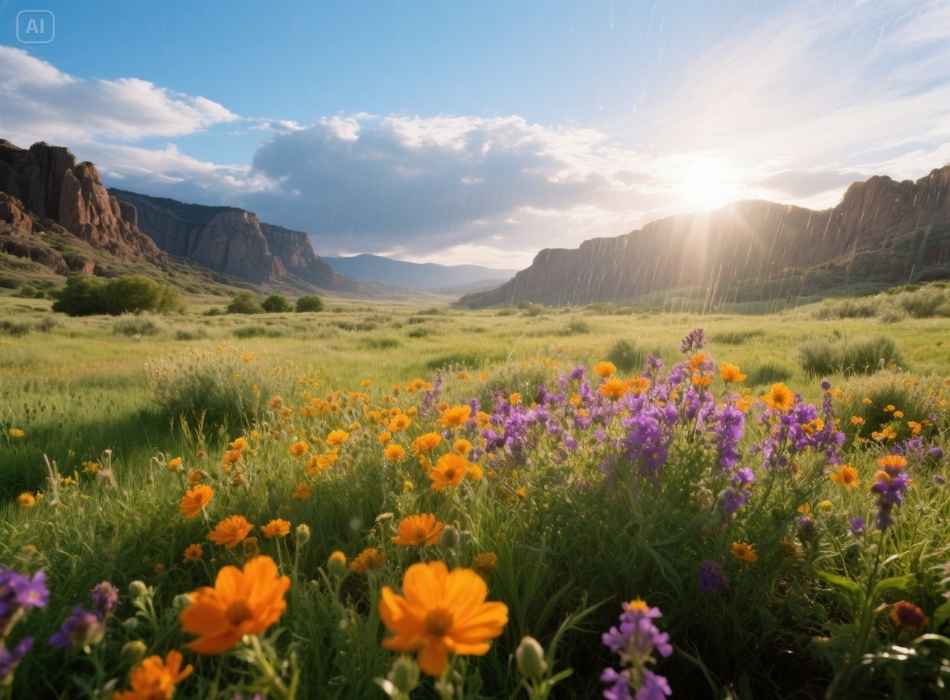
4. Wildflowers
Despite their harsh surroundings, wildflowers provide bursts of colour across the Wild West, especially after rare rainfall events.
Examples:
- Desert Marigold (Baileya multiradiata): With bright yellow flowers, this perennial blooms year-round in suitable conditions and thrives in sandy soils.
- Indian Paintbrush (Castilleja linariifolia): Known for its fiery red-orange bracts, this plant is a striking sight and heavily reliant on its complex relationships with other vegetation for nutrients.
5. Sagebrush (Artemisia tridentata)
Native to the dry plains and foothills, sagebrush is a resilient shrub with aromatic, silvery-grey leaves. Its feathery texture and robust root systems make it a vital part of this region’s ecosystem, providing shelter and food for wildlife.
- Cultural significance: Sagebrush has been used by indigenous tribes for medicinal and ceremonial purposes.
6. Mesquite Trees (Prosopis spp.)
Versatile and drought-tolerant, mesquite trees are known for their long taproots that can reach depths of up to 200 feet to access underground water.
- Additional benefits:
- Provides shade for animals
- Produces pods that are a food source for both humans and wildlife
- Emits a smoky fragrance prized for barbecuing
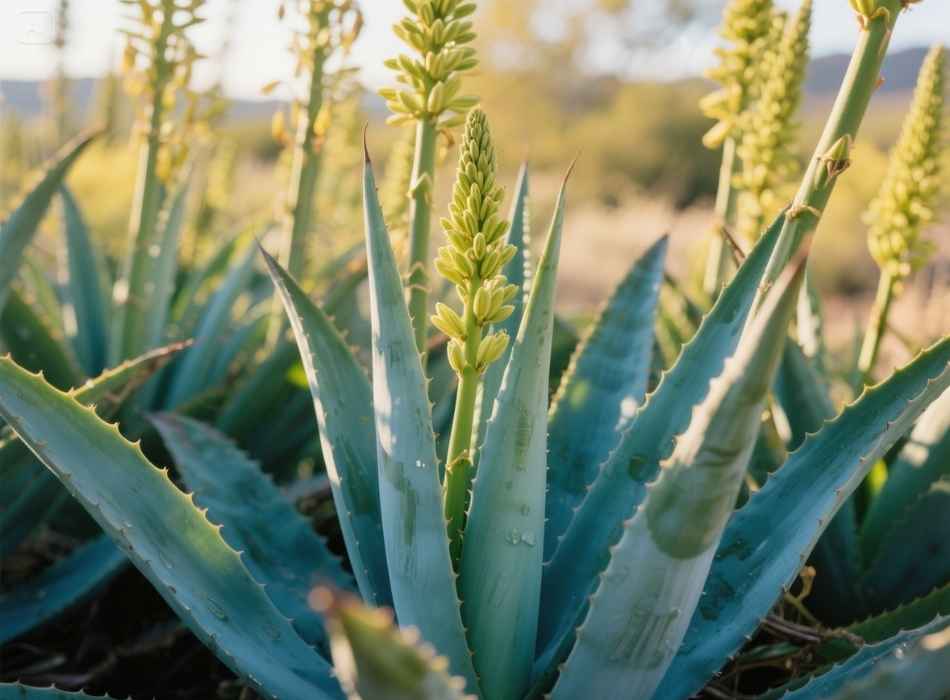
7. Agave
Often confused with cacti, agave plants store water in their thick, fleshy leaves and produce tall flower stalks. A staple of the Southwest, agave is important both ecologically and economically (think tequila and agave syrup).
Popular types:
- Century Plant (Agave americana): Known for its dramatic flower spike, which grows once every 10–30 years.
- Blue Agave (Agave tequilana): The backbone of tequila production.
The Adaptations That Make Survival Possible
How can these plants withstand such extreme conditions? Here’s how they do it:
- Water Storage: Succulents and cacti store water in their stems or leaves to use during dry periods.
- Small or Waxy Leaves: Tiny leaves or a waxy coating help reduce water loss.
- Deep Root Systems: Many desert plants, like mesquite, have roots that tap deep underground water sources.
- Slow Growth: Limited nutrients mean most desert plants grow slowly to conserve energy.
Why These Plants Matter
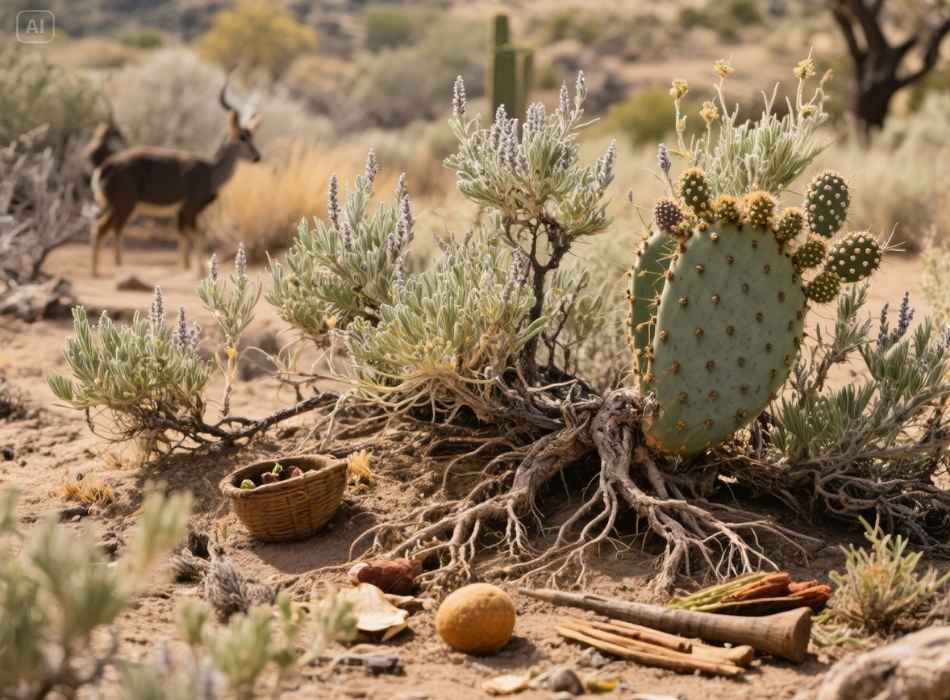
The plant life of the Wild West isn’t just beautiful to look at. It plays critical roles, including:
- Erosion Control: Many plants stabilise the soil with deep or widespread root systems.
- Habitat Creation: Plants like cacti and sagebrush provide shelter and food for various animal species.
- Cultural Uses: Indigenous peoples have relied on these plants for food, medicine, and tools for centuries.
Bringing the Wild West to Your Garden
Love the idea of incorporating these rugged plants into your home landscape? Here are some tips:
- Pick the Right Spot: Choose areas with plenty of sunlight and ensure proper drainage.
- Opt for Drought-Tolerant Plants: Succulents, cacti, and native grasses are excellent choices.
- Group by Water Needs: Plants with similar water requirements are placed together to conserve resources.
- Mimic Natural Landscapes: Add rocks or gravel for a Southwestern aesthetic.
Explore the Botanical Wonders of the Wild West
The Wild West is more than just a scenic backdrop; it’s a thriving ecosystem with plants that exemplify resilience and ingenuity. From the towering saguaro cactus to vibrant desert wildflowers, these plants tell the story of adaptation and survival.
Want to learn more about preserving or growing plants native to extreme climates? Check out additional resources on native landscaping or visit a nearby botanical garden.
And next time you find yourself in the Wild West, take a closer look at the flora around you. You’ll be amazed at the variety and beauty that thrives in even the harshest landscapes.







